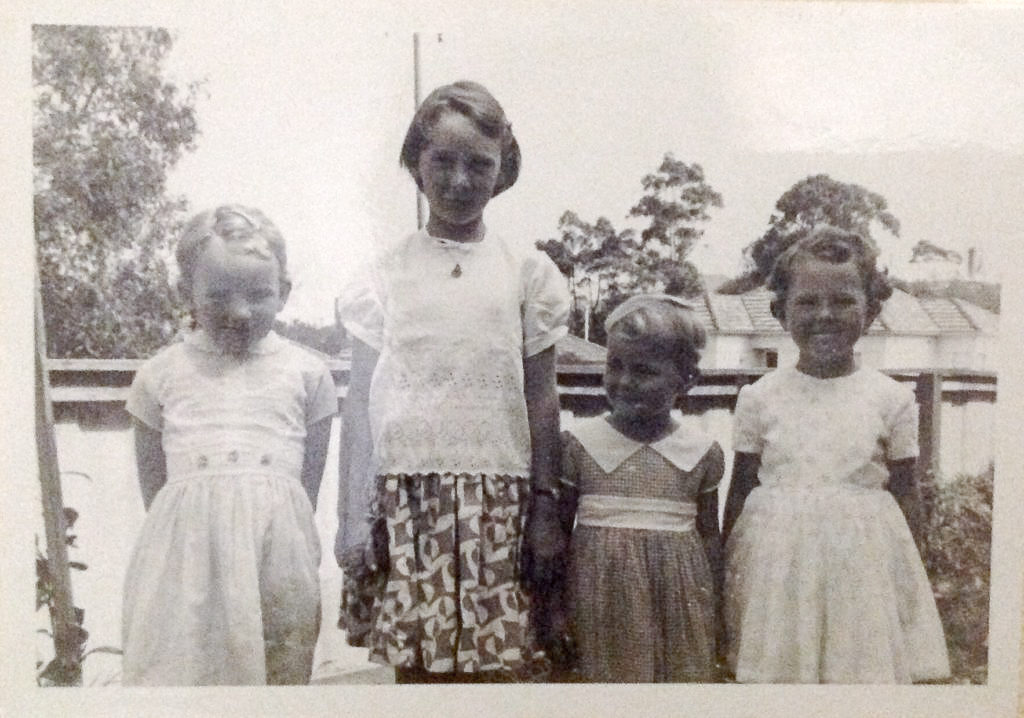I would have been 10 or 11 when I came the first time. I came a couple of times on school excursions with the Ascot State School. I was born in ’52, so was at school in the late ’50s and ’60s. We would have come in by bus—the bus route went along Anthony Street. At the bottom you could get a tram from Oriel Park.
I remember the size and grandeur of the building, and the large rooms, and the quiet. When we came it was really hot, and inside was really hot, even though the ceilings were high. I remember the display cases, and not to lean on them! It was the only place you could see a dinosaur.
I used to swim at Centenary Pool and the Spring Hill Baths, and see the beautiful old building. I would see it with its windows broken—that made me sad. I think buildings need to be loved and lived in and filled with people.
I called in today as I’m here with my husband, who’s the dairy rep on the RNA council.
A note from the editor: Mary Jensen told this story to Margie Barram at the Australian Garden History Society display at the Ekka.



Recent Comments